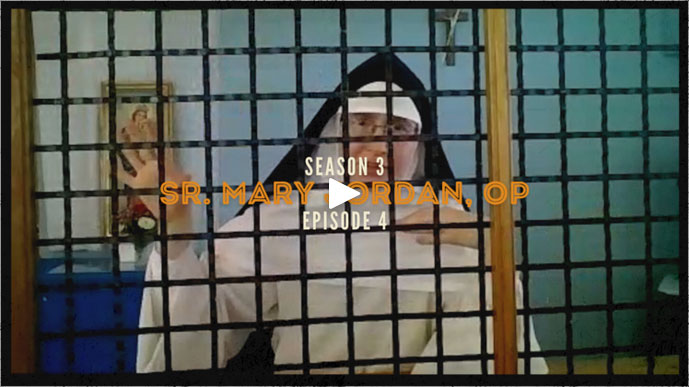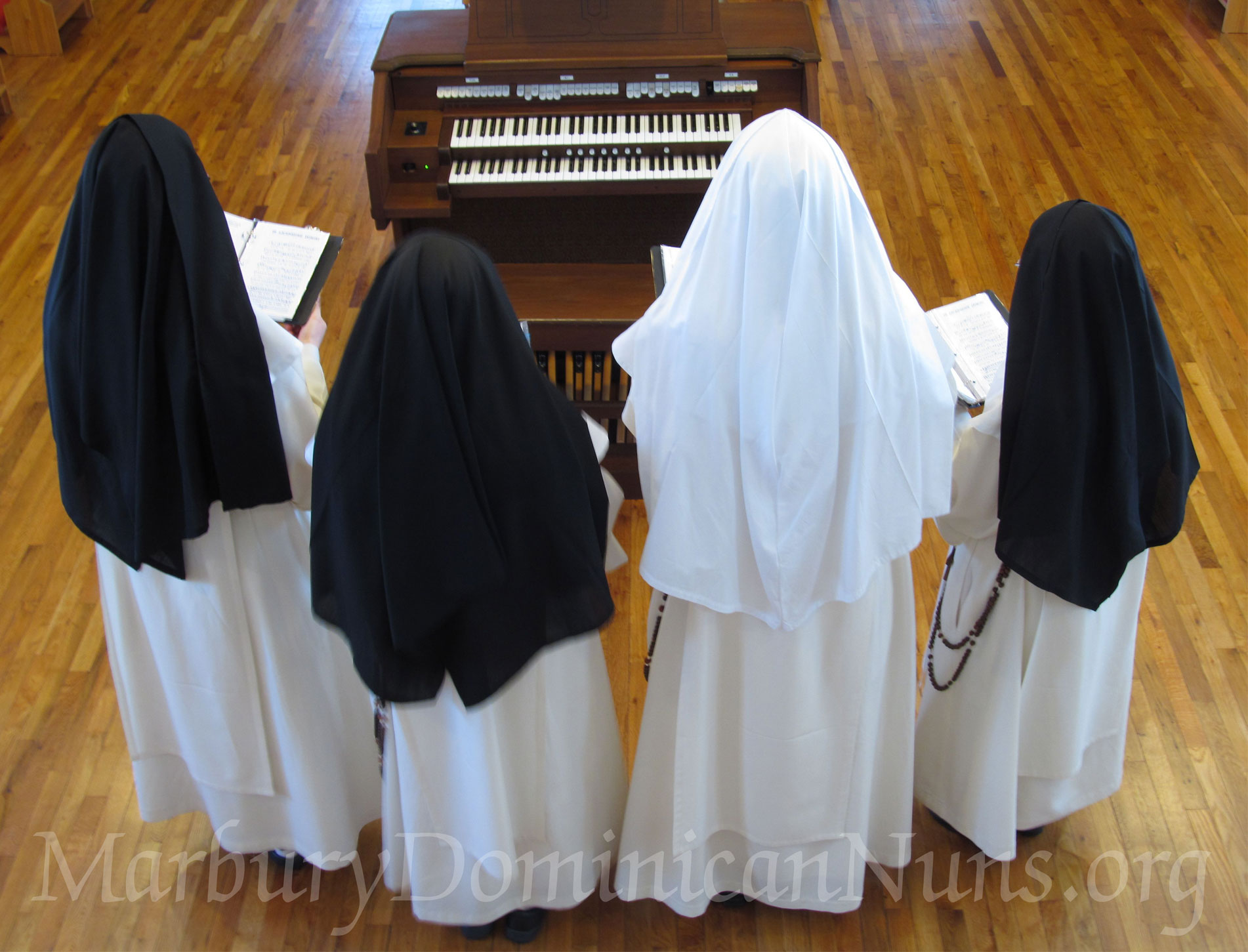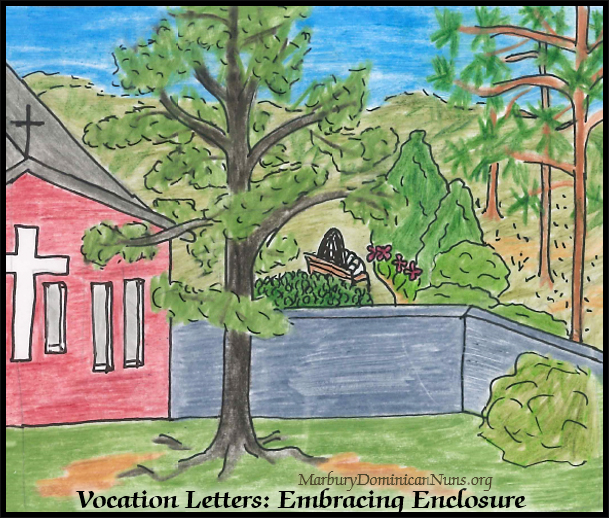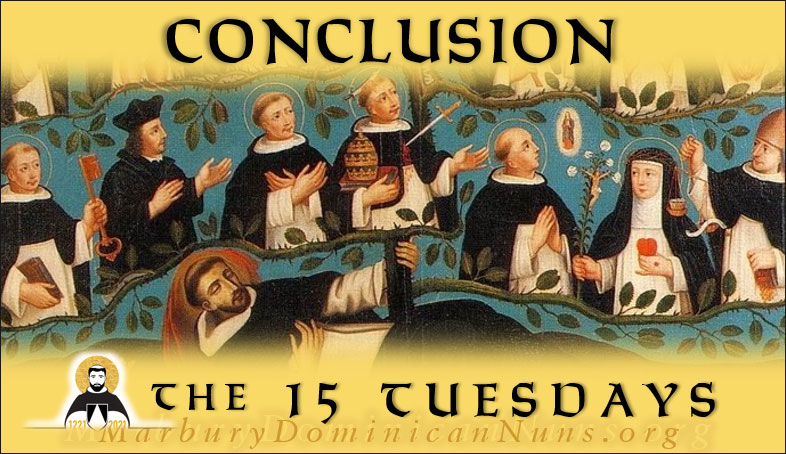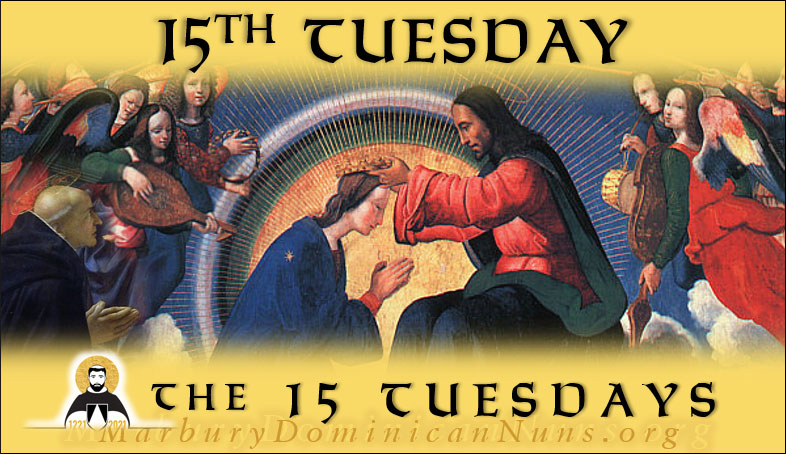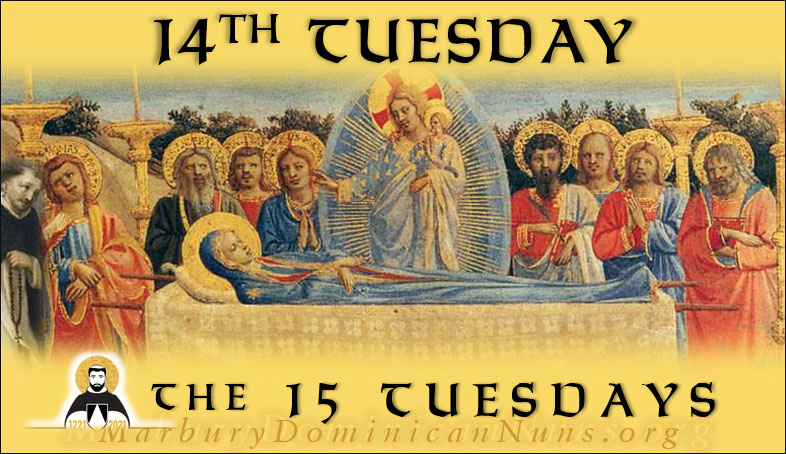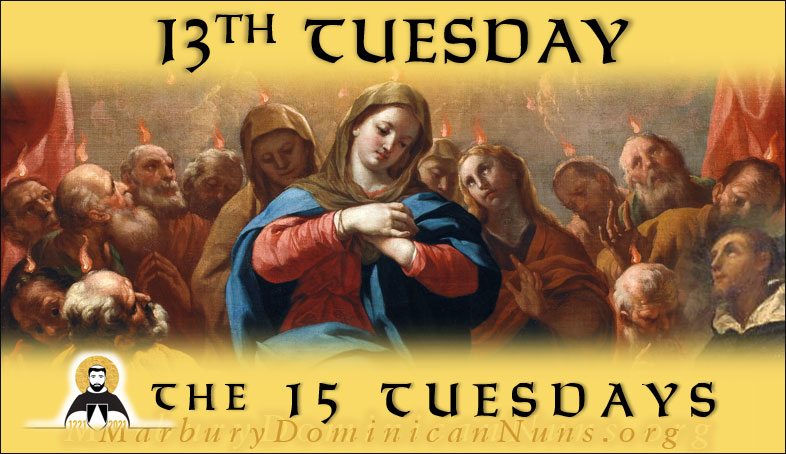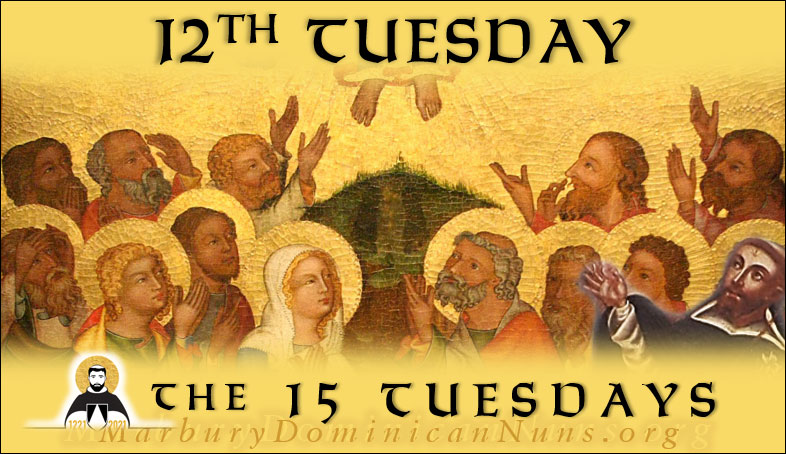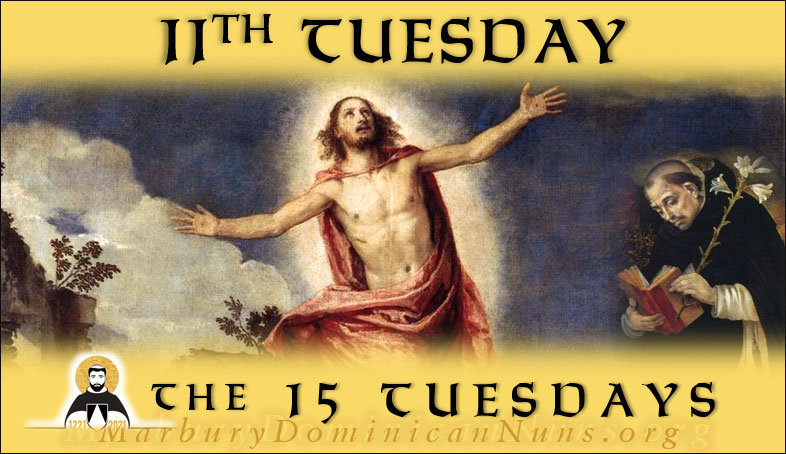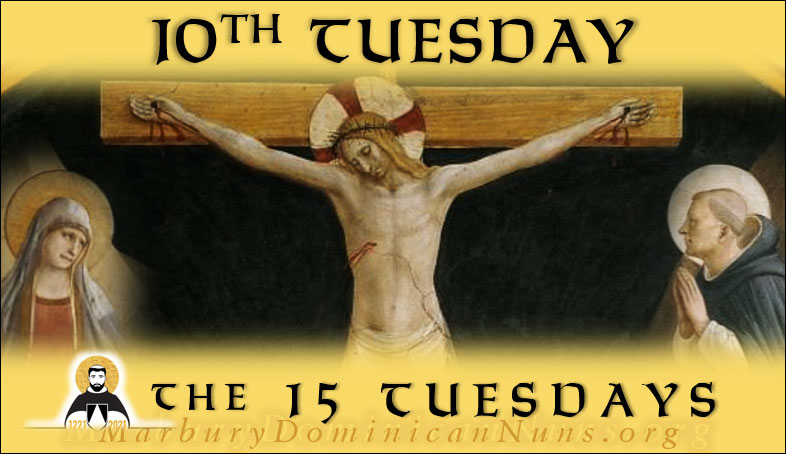“Native Soil” Interview with Sister
“The ground beneath our feet. The soil on which our homes are built. The place where God has called us.” This is the theme of Native Soil, the podcast of our local archdiocesan Vocation Director, Fr. Victor Ingalls. Recently Fr. Victor interviewed our Sister Mary Jordan, discussing our Dominican charism and our monastery’s particular history, and how Sister herself ended up following God’s call to be a Dominican nun here in Marbury.
For those who wish to learn more about our monastery’s history, we recommend the video on our Marbury Foundation page.
For those who are considering a religious vocation and wondering what is the next step, we recommend looking around on this website, especially at our Vocation Letters series and our advice on Preparing for Religious Life. If what you see attracts you, the next step is to contact us and come for a vocation visit.

